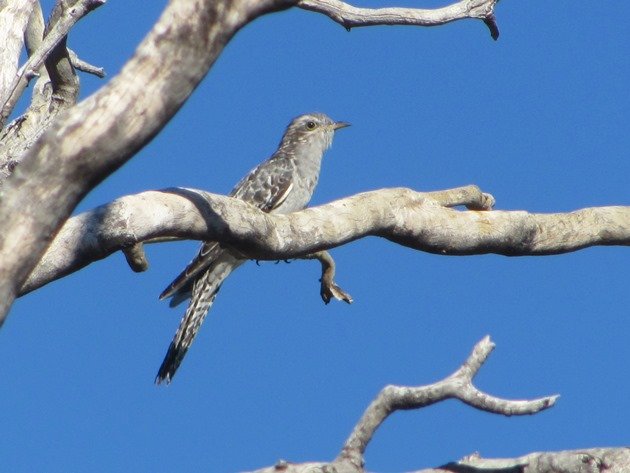
Two weekends ago we went away for a bush camping trip and the weather was perfect! Hot days around 40c/104f, but the nights were getting cooler at long last (below 30c/86f) and our Wet Season had come and gone and offered very little rain whatsoever. Roll on to this weekend and we have almost had more rain in the last few days than we have seen for the rest of the year and we are now in our Dry Season! Such are the vagaries of living in the tropics! We had planned another camping trip, but with bush tracks being wet and at risk of making a mess of them in a vehicle the trip is postponed. One of the birding highlights of our trip was not only having two Pallid Cuckoos feeding around our tent, but that they were quite cooperative at landing in an open area with a nice blue sky background! We had camped at Ellendale and the Pallid Cuckoos swooped down to the ground and grabbed large grubs and flew back to the trees to eat. At 28-33cm they are one of the larger cuckoos.
We have several of the cuckoo species around the Broome area and all cuckoos are more likely to be heard than seen, but every now and again you get lucky! The Little Bronze-cuckoo cooperated in 2013 allowing me to photograph it and since then it has been heard often, observed, but not photographed! The same applies to the Brush Cuckoo, which we hear and see briefly, but don’t get to photograph. Horsfield’s Bronze-cuckoos and Brush Cuckoos have eluded the camera lens to date, but I will not give up! Channel-billed Cuckoos have now left the Broome area and have headed north, but are the largest of the cuckoo family to visit the Broome area. The Oriental Cuckoo also visits the Broome area, but the one you are least likely to come across. The Eastern Koel has only been recorded in Broome on very rare occasions. Pheasant Coucals are also a member of the cuckoo family, but are unique because they do actually raise their own young. All other cuckoos lay their eggs in other birds’ nests and let them raise them. The Pallid Cuckoo favours the nests of honeyeaters, woodswallows, whistlers and the Willie Wagtail and all of those species are present at Ellendale.
Pallid Cuckoo
The Pallid Cuckoo calls with increasing urgency and it is usually what gives the bird away, but in this instant the two birds were keener to feed than call. Their flight through the trees was not dissimilar to a small bird of prey. The sound of the Pallid Cuckoo and other distinct birds can be found at this website and it has been grouped as one of “The Sorrows”, which I rather like!
I have also been watching with interest the return of the Cuckoo to the United Kingdom from Africa over the past few days. Sadly the timing was not good for all of them, with a cold snap of -4c/25f in Yorkshire appearing to have taken Vigilamus’s life. Having spent so many months in the tropics and then returning to what was supposed to be spring in the United Kingdom it must have been quite a shock to the poor birds. Our recent wet weather is not cold, so our local cuckoos will just be doing what they normally do in our Wet Season despite it now being May!

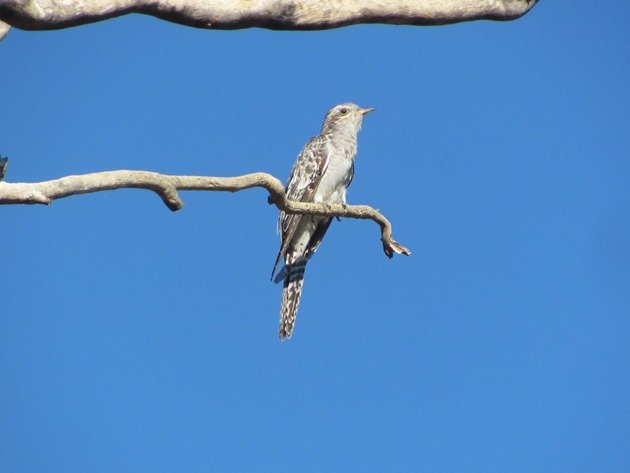
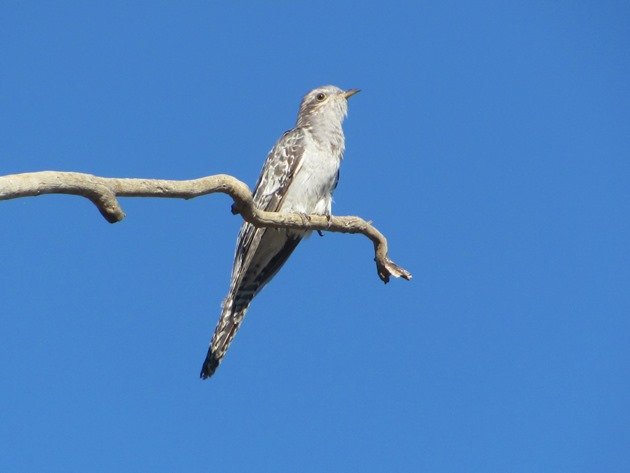
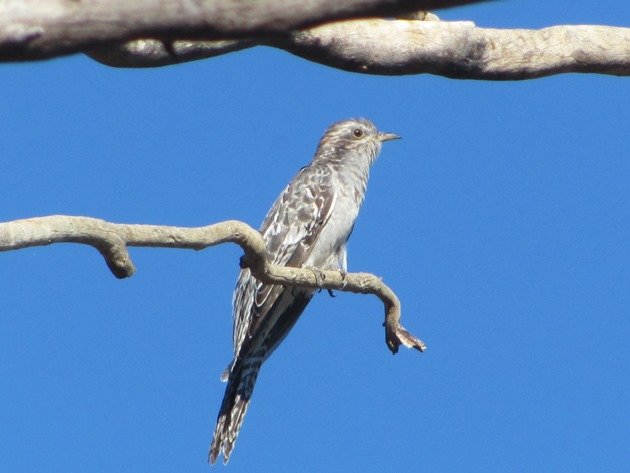
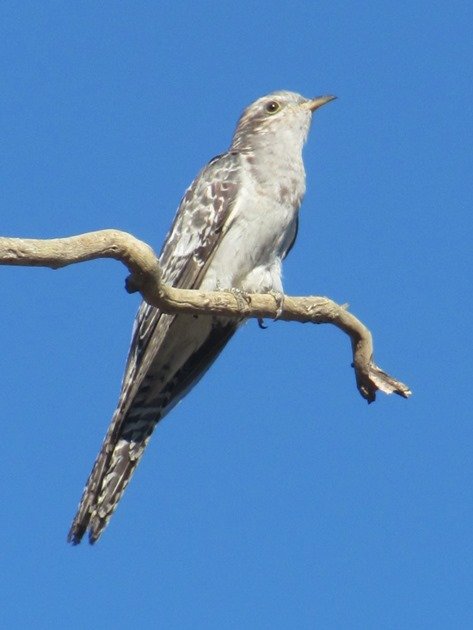



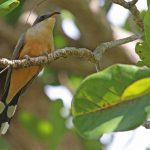
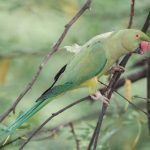
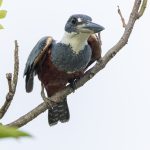
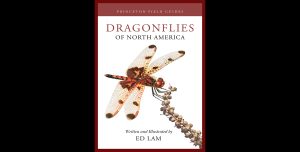

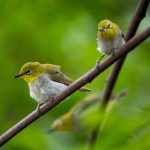
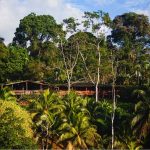
That’s a lovely cuckoo!